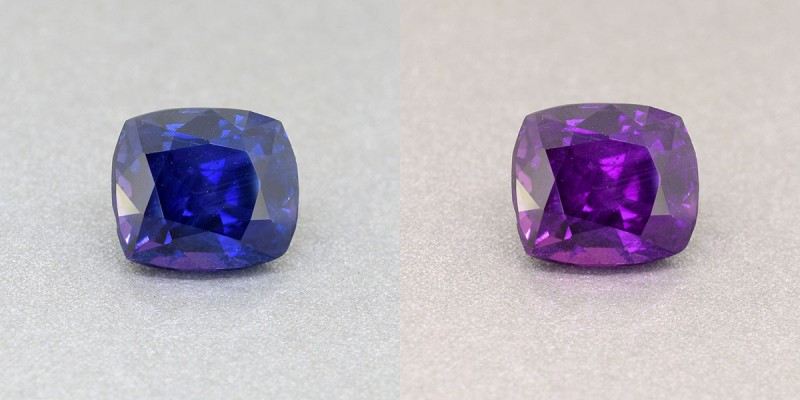

For example, the Star of India (a stone that actually originated in Sri Lanka) is actually 563 carats, and is considered the world’s largest gem-quality blue star sapphire. These can be even larger than the Logan sapphire.

You also find large sapphires (including star sapphires) in ‘cabochon’ form – which are shaped and polished stones instead of faceted. Note however that this is a ‘faceted’ sapphire (similar to those found on this page). Blue sapphires, especially those with the “cornflower” blue, tend to be among the most valuable in terms of color, with one of the best (and largest) examples ever discovered available for your viewing pleasure in Washington DC the Logan Sapphire which is on display in the National Museum of Natural History is 423 carats (83 grams for those thinking in the metric scale).

It is a gemstone found on many continents of the World with its value dependent on the gemstone’s size, color and clarity. It is one of a handful of gemstones of this structure (which also includes ruby) and as a result can be found in sediment where softer stones may wear. Sapphire is an aluminum oxide mineral known as corundum that is so hard that it resists nature’s efforts to erode it.


 0 kommentar(er)
0 kommentar(er)
